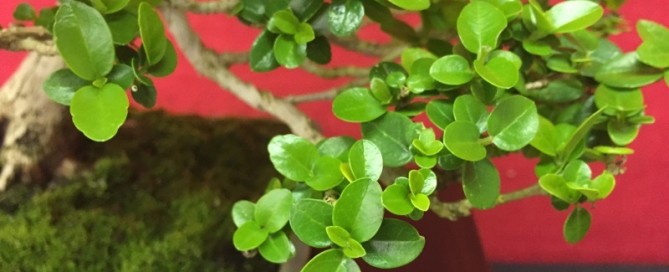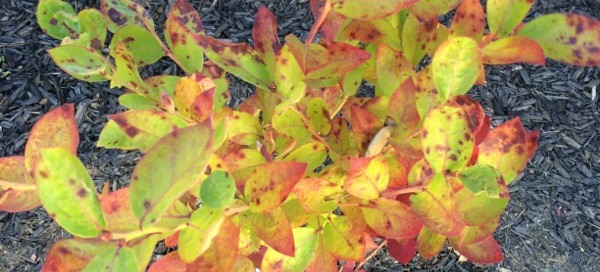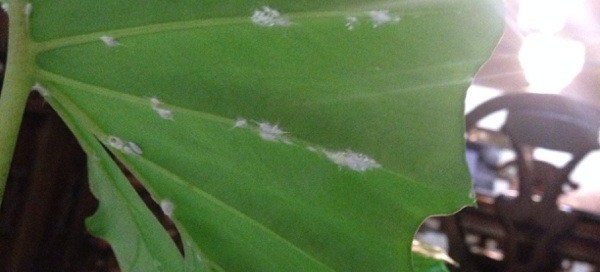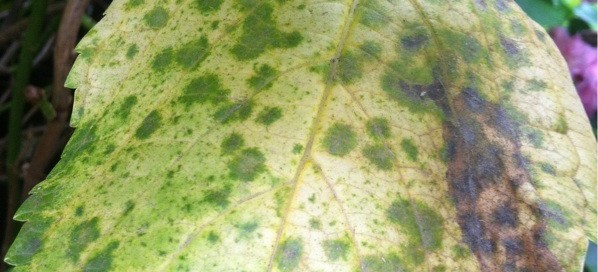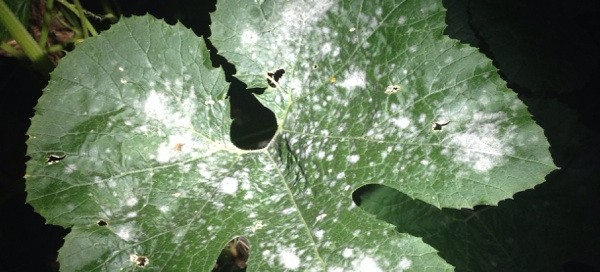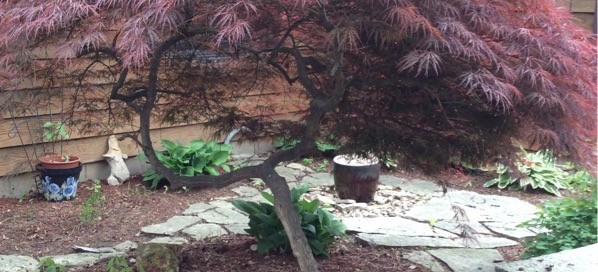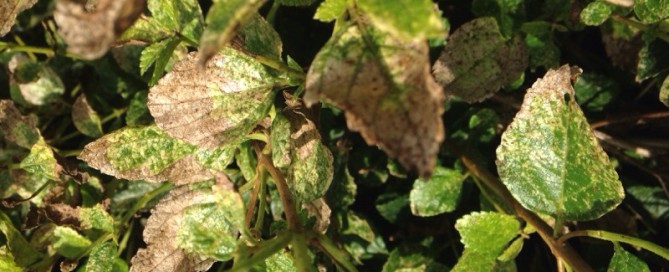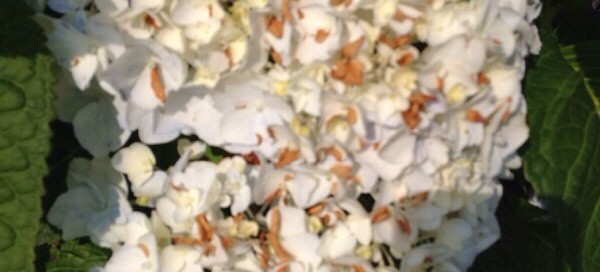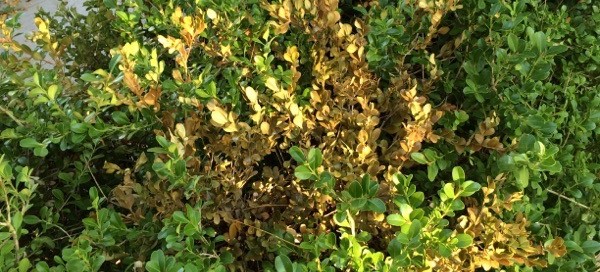Premna
Do the petioles (stems) of the leaves have "wings" or are they completely round?
That would be the dead give away. P. microphylla has winged petioles and P. serratifolia (P. obtusa isn't generally accepted any longer) does not. See below:
P. microphylla: Leaves sessile or short petiolate with a winged petiole; leaf blade ovate-lanceolate, elliptic, ovate, or obovate, 3-13 X 1.5-6 cm, subglabrous to pubescent, base narrowly cuneate, margin entire or lobed to sometimes serrulate, apex long acuminate to acute.
P. serratifolia (syn. obtusa, Premna obtusifolia R. Br.
Prodr. Fl. Nov. Holl. 1: 512 (1810). äóîBentham, Fl. Austr. 5: 58 (1870). äóîFosberg in Taxon 2: 88äóñ89 (1953). äóîFosberg & Renvoize, Fl. Aldabra: 224, fig. 35, 6 (1980). äóîH. Moldenke & A. Moldenke in Rev. Fl. Ceylon 4: 334 (1983). äóîR. Fernandes in Bol. Soc. Brot., sí©r. 2, 63: 299 (1990). Types from Australia.):
Petiole 0.3-5 cm, puberulent; leaf blade oblong to broadly ovate, 3-15 X 2.5-9.5 cm, papery, subglabrous or pubescent only along veins, base broadly cuneate, rounded, or truncate, margin entire, slightly undulate, or crenate, apex acute to rarely acuminate or obtuse.
